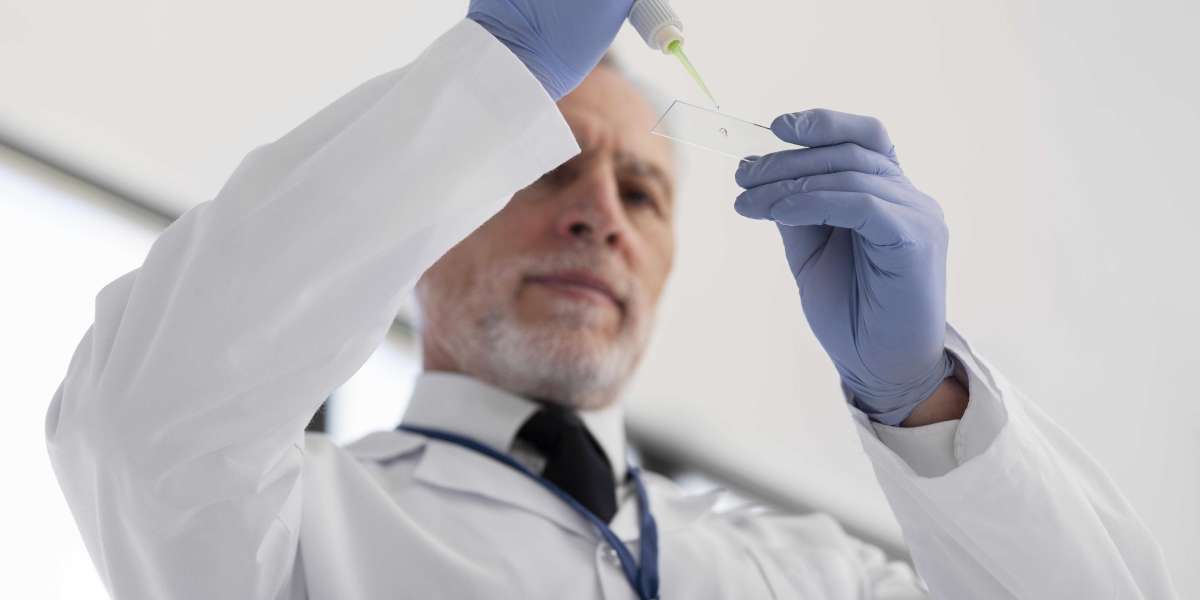In recent years, regenerative medicine has gained immense attention for its ability to support the body's natural healing processes. Among its groundbreaking innovations is the use of s—a method that introduces stem cells directly into the bloodstream for therapeutic benefits. Let’s dive deep into the intricacies, advantages, and applications of this cutting-edge treatment.
Understanding Stem Cell Therapy
stem cells iv drip harnesses the unique capability of stem cells to regenerate, repair, and differentiate into various cell types. These specialized cells are often derived from sources like bone marrow, adipose tissue, or umbilical cords. When administered intravenously, stem cells circulate throughout the body, targeting damaged tissues and enhancing the body's repair mechanisms.
What Are Stem Cell IV Drips?
Stem cell IV drips involve the infusion of stem cells into the bloodstream via an intravenous line. This minimally invasive method allows for systemic distribution, enabling the cells to reach various areas of the body in need of repair or rejuvenation. The treatment has gained popularity for its potential to improve health holistically.
How Do Stem Cell IV Drips Work?
When stem cells are introduced intravenously, they home in on sites of inflammation, injury, or damage. They integrate into the affected tissues, aiding cellular regeneration and promoting the production of essential growth factors. Over time, these cells assist in reducing inflammation, improving function, and fostering long-term recovery.
Benefits of Stem Cell IV Therapy
Stem cell IV therapy holds promise in a wide array of medical and cosmetic fields. It is celebrated for its ability to address chronic conditions, improve immune function, and contribute to overall vitality. The treatment may also support anti-aging efforts, tissue repair, and enhanced energy levels.
Conditions Treated with Stem Cell IV Drips
The therapeutic potential of stem cells is vast, and IV drips have been used for:
- Neurological disorders: Supporting recovery in conditions such as Parkinson’s disease and multiple sclerosis.
- Autoimmune diseases: Modulating the immune system to address lupus, rheumatoid arthritis, and similar conditions.
- Orthopedic injuries: Repairing cartilage, tendons, and bone tissues.
- Chronic inflammation: Helping reduce systemic inflammation, which is often a root cause of chronic illnesses.
- Skin rejuvenation: Improving elasticity and reducing signs of aging.
What to Expect During a Stem Cell IV Session
A typical stem cell IV drip session begins with a consultation to determine suitability and establish treatment goals. The procedure involves the gentle insertion of an IV line, allowing the stem cell solution to enter the bloodstream. Patients often relax during the infusion, which usually takes around 60–90 minutes.
The Science Behind Stem Cell Therapy
Stem cells work by differentiating into the specific cells required by the body for repair and recovery. They also release bioactive molecules that stimulate cellular regeneration and reduce inflammation. Research is ongoing, with exciting developments in areas like personalized medicine and advanced treatments for degenerative conditions.
Are Stem Cell IV Drips Safe?
Safety is a priority in stem cell therapy, and when administered by trained medical professionals, IV drips are generally well-tolerated. Patients may experience mild side effects like temporary fatigue or slight discomfort at the infusion site, but serious complications are rare.
Preparing for Stem Cell Therapy
Before undergoing a stem cell IV drip, it’s essential to provide a detailed medical history and discuss any pre-existing conditions or medications with your healthcare provider. Proper preparation ensures the treatment is aligned with your health needs and expectations.
Post-Treatment Care and Recovery
Most patients experience minimal downtime following a stem cell IV drip. Hydration, a balanced diet, and adequate rest are recommended to support the body's integration of the treatment. Gradual improvements in energy, mobility, or other targeted areas are typically observed within weeks.
The Cost of Stem Cell IV Drips
Pricing for stem cell IV therapy can vary based on the source of the stem cells, the number of treatments required, and the expertise of the medical facility. While costs might seem significant, many patients value the transformative outcomes.
Ethical Considerations
The use of stem cells, especially embryonic sources, has spurred ethical debates. However, advancements in harvesting techniques—such as those utilizing adult or umbilical cord stem cells—have alleviated many concerns, making the procedure more widely accepted.
Choosing the Right Provider
Selecting a reputable clinic is crucial to ensure safety and optimal results. Look for facilities with experienced professionals, transparent practices, and high standards for cell procurement and administration.
The Future of Stem Cell IV Therapy
Stem cell IV therapy is revolutionizing healthcare with its ability to address conditions previously deemed untreatable. Ongoing research continues to uncover new applications, making this treatment a cornerstone of regenerative medicine.
Final Thoughts
Stem cell IV drips represent a promising leap forward in medical science, offering renewed hope and possibilities for a variety of health concerns. Whether for therapeutic or cosmetic reasons, this innovative treatment exemplifies the strides being made toward a healthier future.
FAQs
1. Are stem cell IV drips FDA-approved?
Some treatments have regulatory approval, while others may still be experimental. Always consult certified professionals.
2. How soon can I expect results?
Results vary but are typically noticeable within a few weeks to months.
3. Can anyone receive stem cell IV therapy?
Eligibility depends on individual health conditions and consultation outcomes.
4. How many sessions are needed?
The number of sessions varies depending on treatment goals and response to therapy.
5. Is stem cell therapy covered by insurance?
Coverage is rare, as many treatments are categorized as elective or experimental.













